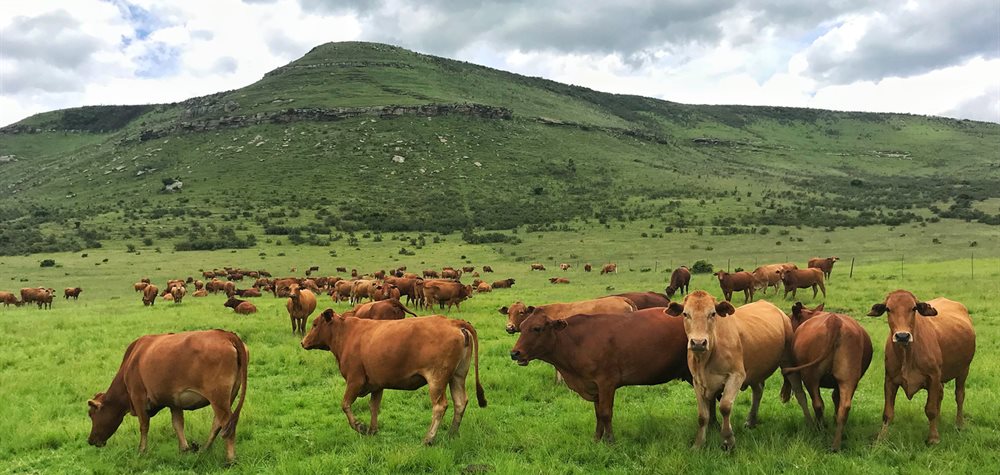
By Valerie Brown | CivilEats.com
New research found that the greenhouse gases sequestered in one grass-fed system balanced out those emitted by the cows, but some meatless advocates are skeptical.
There’s no denying Americans eat a lot of meat. In fact, the average U.S. citizen eats about 55 pounds of beef a year, including an estimated three hamburgers a week, and the United States Department of Agriculture (USDA) expects that amount to increase by about 3 percent by 2025. This heavy reliance on animal protein carries a big environmental footprint—livestock production contributes about 14.5 percent of global greenhouse gas (GHG) emissions, with beef constituting 41 percent of that figure, thanks to the methane cattle produce in the digestion process and the fact that overgrazing can release carbon stored in soils.
Though most livestock production impacts the climate, the regenerative agriculture movement recognizes many benefits to properly managed livestock grazing, including carbon sequestration, restoring topsoil, improving ecosystem biodiversity, reducing pesticide and fertilizer inputs, and producing more nutritious food.
Yet despite the benefits of careful grazing, the question remains: Can cattle be raised, fed, and slaughtered in a way that reduces their greenhouse gas emissions to a tolerable level?
A new five-year study that will be published in the May 2018 issue of the journal Agricultural Systems suggests that they can. Conducted by a team of researchers from Michigan State University (MSU) and the Union of Concerned Scientists (UCS), the study suggests that if cattle are managed in a certain way during the finishing phase, grassfed beef can be carbon-negative in the short term and carbon-neutral in the long term.
The research, led by Paige Stanley, who earned a Master’s degree in 2017 from MSU and is now a doctoral student at the University of California, Berkeley, states, “it is possible that long-term [adaptive multi-paddock grazing] AMP grazing finishing in the Upper Midwest could contribute considerably more to climate change mitigation and adaptation than previously thought.”
Rather than using the common method of continuous grazing, in which cattle remain on the same pasture for an entire grazing season, the researchers used the more labor-intensive method of AMP, which entails moving the cattle at intervals ranging from days to months, depending on the type of forage, weather, time of year, and other considerations. A herd of adult cattle on MSU grazing land served as their test population.
Though the study’s finding that strategic grazing can make a dent in the overall environmental impact of cattle runs counter to the widespread opinion among other researchers and climate activists, it is welcome news for advocates of regenerative agriculture.
READ FULL ARTICLE
Published on 5/7/2021 (4 years 222 days ago) Ranch News